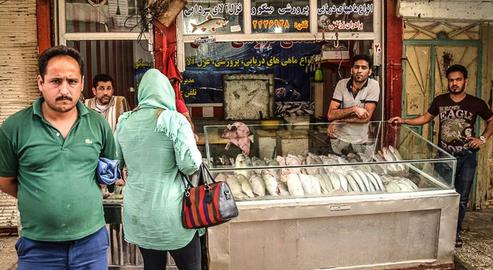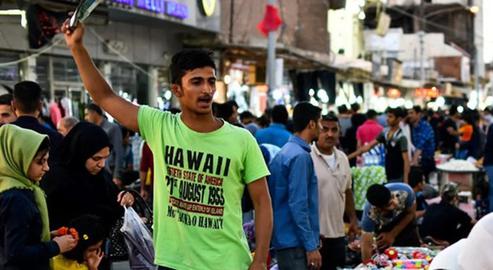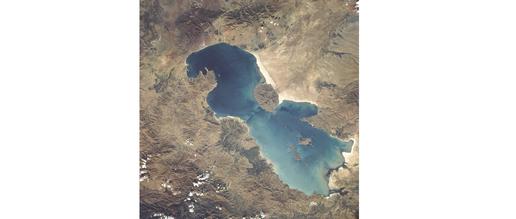The Statistical Center of Iran published its Iranian Labor Force Census for the Persian calendar year 1399 on Tuesday, May 11, 2021. The report suggest that for the first time in the last 15 years, the unemployment rate has reached single digit-figures and now stands at 9.6 percent.
The decrease in the unemployment rate in 2020-2021 has made headlines in Iranian media. But the news has been read over-simplistically; in fact, as our correspondent explains, it is a sign that the crisis has deepened in the past 12 months.
***
The reason for the decrease in the unemployment rate
According to the Statistical Center of Iran, the country’s unemployment rate has fallen over the course of 2020-2021. But the key driver of this is not business growth, nor job creation.
In Iran, as in many other countries, the “unemployment rate” is the proportion of the active population – those of an employable age, and able to take part in economic activity – who have for whatever reason failed to find work.
But in fact, data from Iran shows that in times of recession and hardship, large numbers of people in the ‘active’ labor force are excluded from the labor market due to the loss of opportunities or other personal circumstances, and are therefore considered ‘inactive’.
And indeed, the Census’s abstract states that almost 1.43 million members of the ‘active’ workforce have left the Iranian labor market in one year. This is equivalent to five percent of the ‘active’ population for 2019-2020, and comes as another 710,000 people reached employment age in the same year.
Meanwhile, the report also states that a net total of 1.1 million jobs have been lost in the same period. The employed population in 2020-2021 is about four percent smaller than the employed population in 2019-2020.
Women have been the most badly-affected, with two-thirds of the jobs lost related to women’s employment. In the past year, more than 902,000 formerly active women left the labor market and more than 662,000 lost their jobs. Women’s share of employment and an active stake in Iranian society, which was fragile even before the pandemic, has become all the more tenuous.
The Census states that the total unemployed population – those willing to work ,who were not able to find a job for an hour per week in 2020-2021 – stood at more than 2.47 million last year, of whom about 1.76 million were young people aged 18 to 35. Of these, 962,000 were college graduates. In effect, 71 percent of those unemployed in Iran last year were relatively young, and 39 percent were well-educated but failed to find work nonetheless.
Dimensions of the Employment Crisis in Iran
Since 2017, Iran’s population has increased by more than three million. But the overall size of the labor force has shrunk by 115,000. This gives some idea of how much poorer Iranian households will have become in a four-year period.
The Statistical Center also recently reported that currently, out of a total of 84 million Iranians, only about 13.4 million have full-time jobs and fewer than 9 million have part-time jobs, while about 1.2 million are temporarily absent from work or on furlough.
Despite media trumpeting to the contrary, the employment situation in 2020-2021 has become critical. But it has also never been good.
Since its establishment the Islamic Republic has consistently had one of the lowest rates of economic participation in the world. The International Labor Organization has assessed that in 2019, Iran ranked 14th from the bottom in terms of global participation rates. The World Bank places it ahead of Yemen, Tajikistan, Jordan, Iraq, the Gaza Strip, Algeria, Samoa, Mauritius, Comoros, Syria, Senegal, Moldova and Egypt.
This estimate was based on a participation rate of 48 percent, whereas Iran’s participation rate in 2020-21 was just 41 percent. This means Iran now stands where war-torn Yemen did in 2019, which is hardly something to celebrate.
Related coverage:
Rouhani's Employment Legacy: 800,000 Leave the Iranian Labor Market
23 Million Iranian Women Unemployed
New Report on Iranian Women and Work Reveals Rise in Unemployment and Discrimination
visit the accountability section
In this section of Iran Wire, you can contact the officials and launch your campaign for various problems



























comments